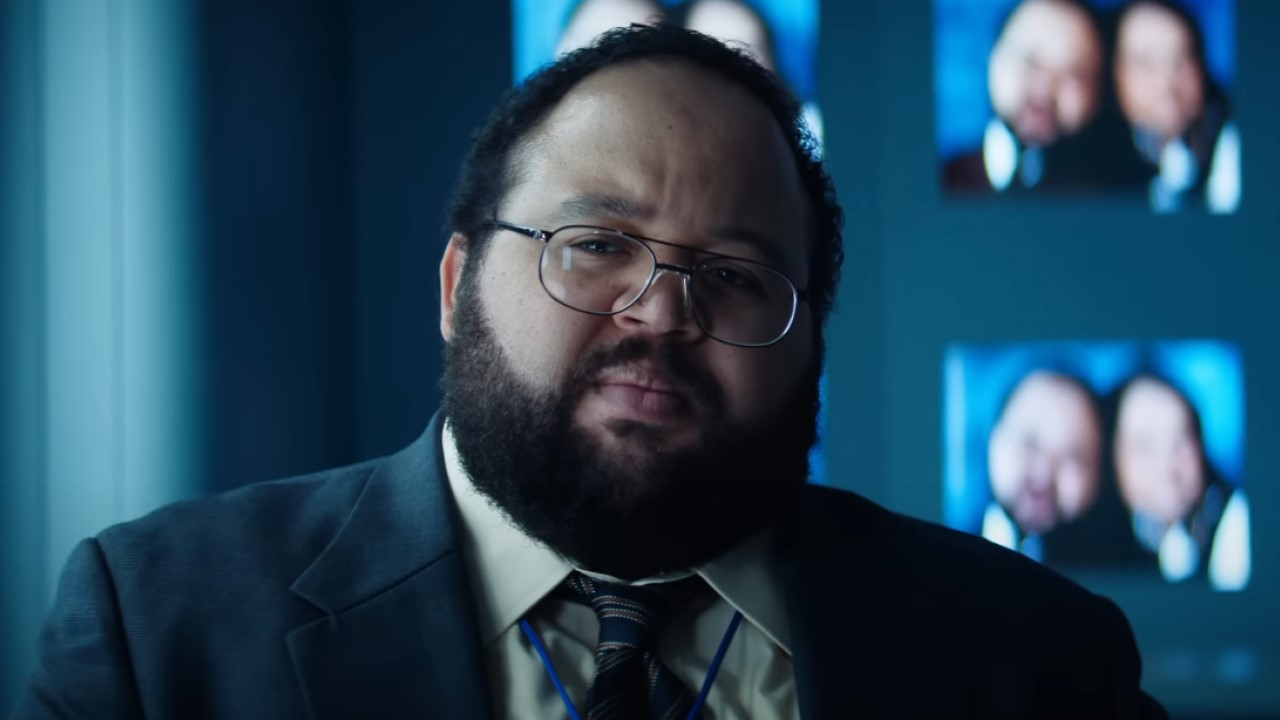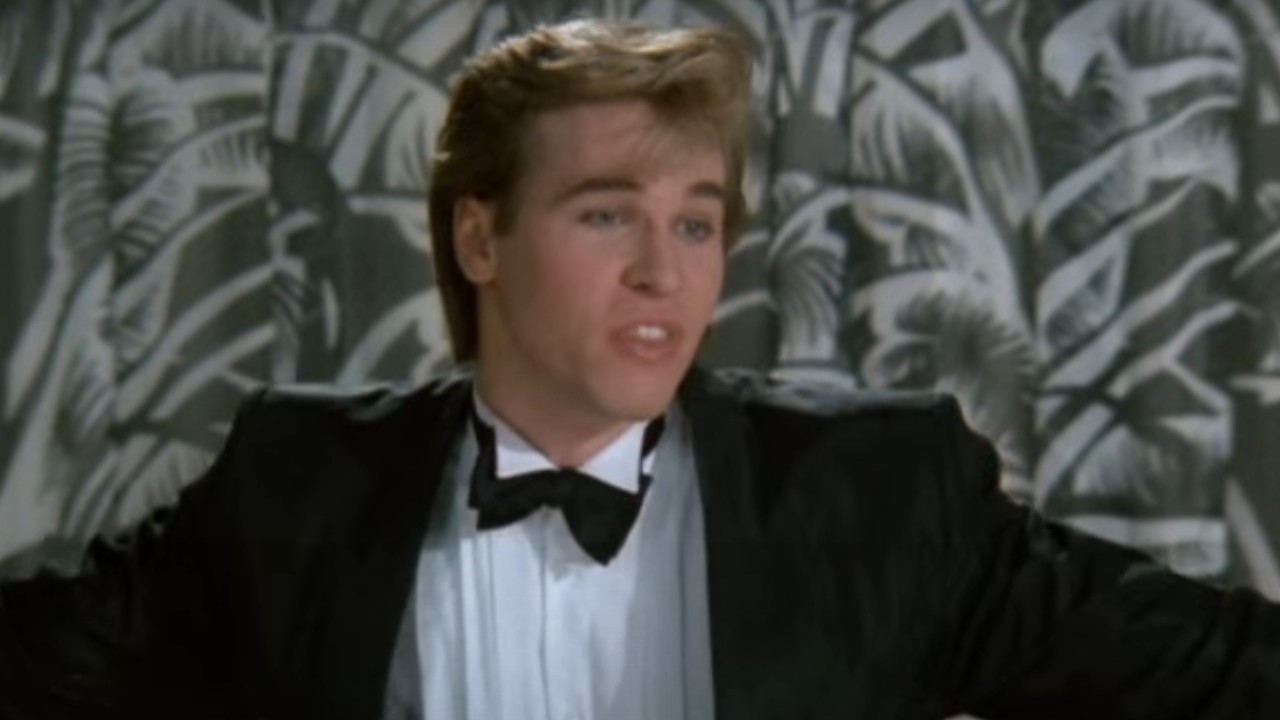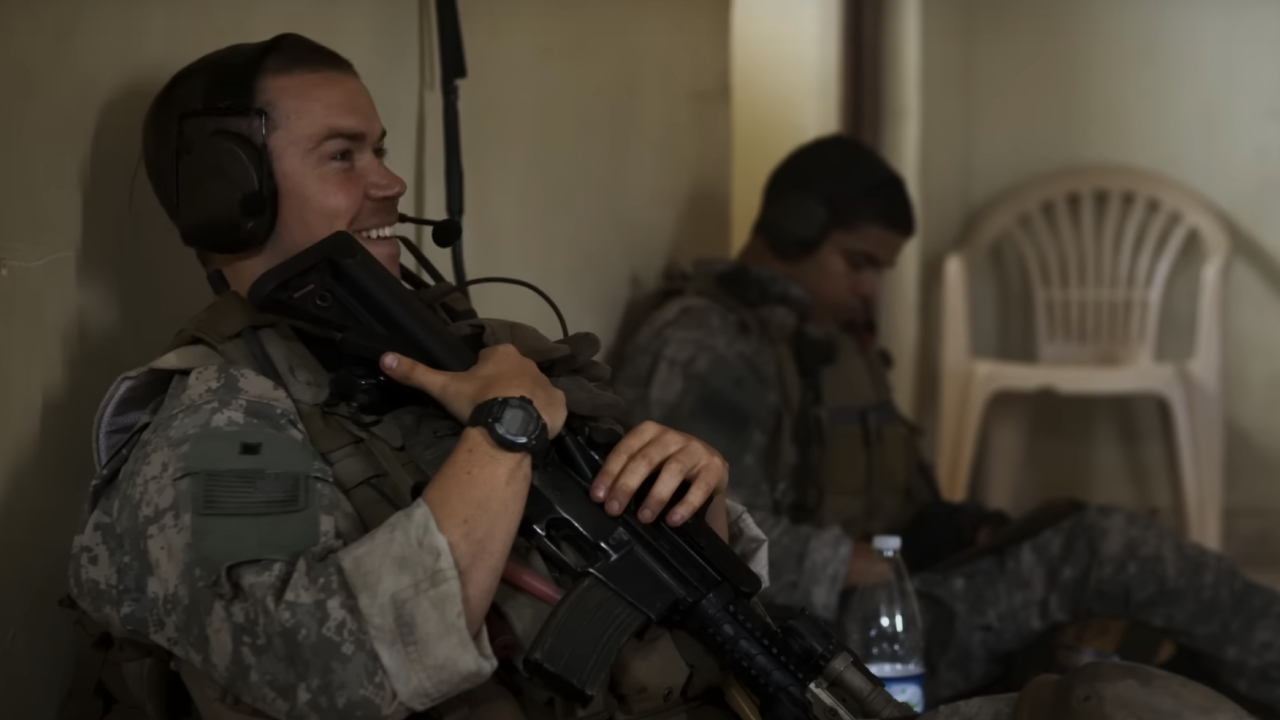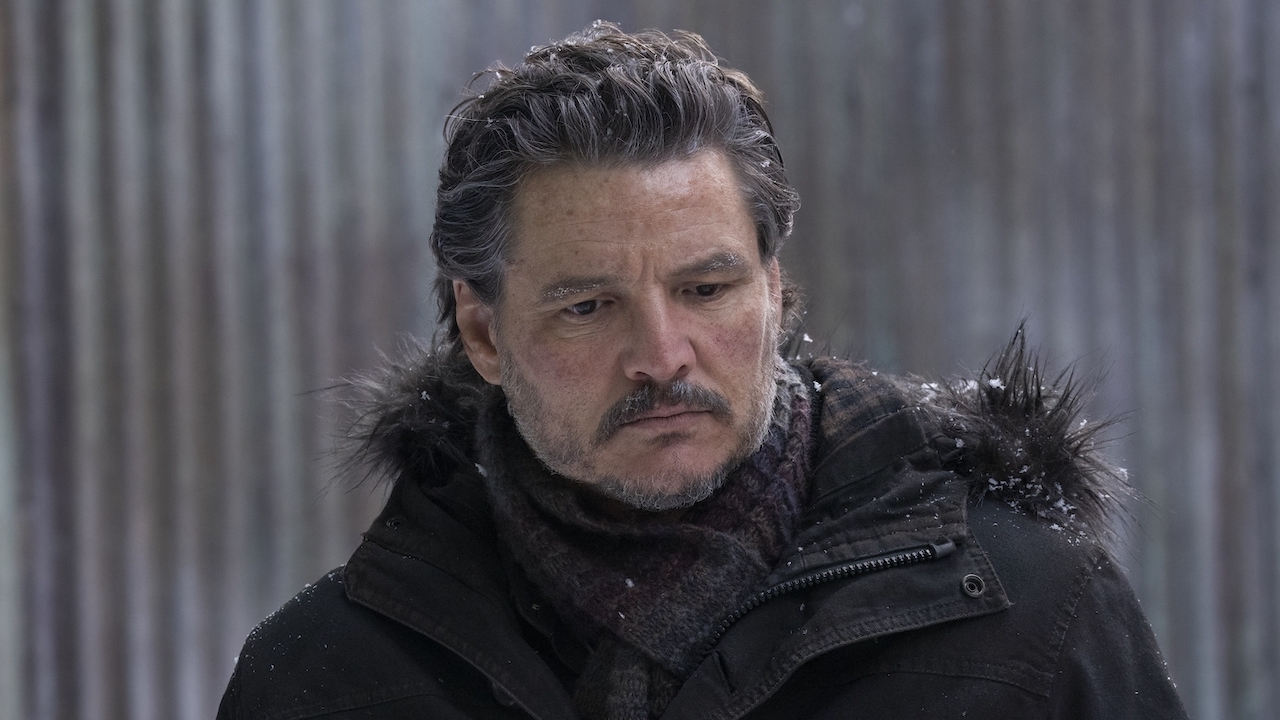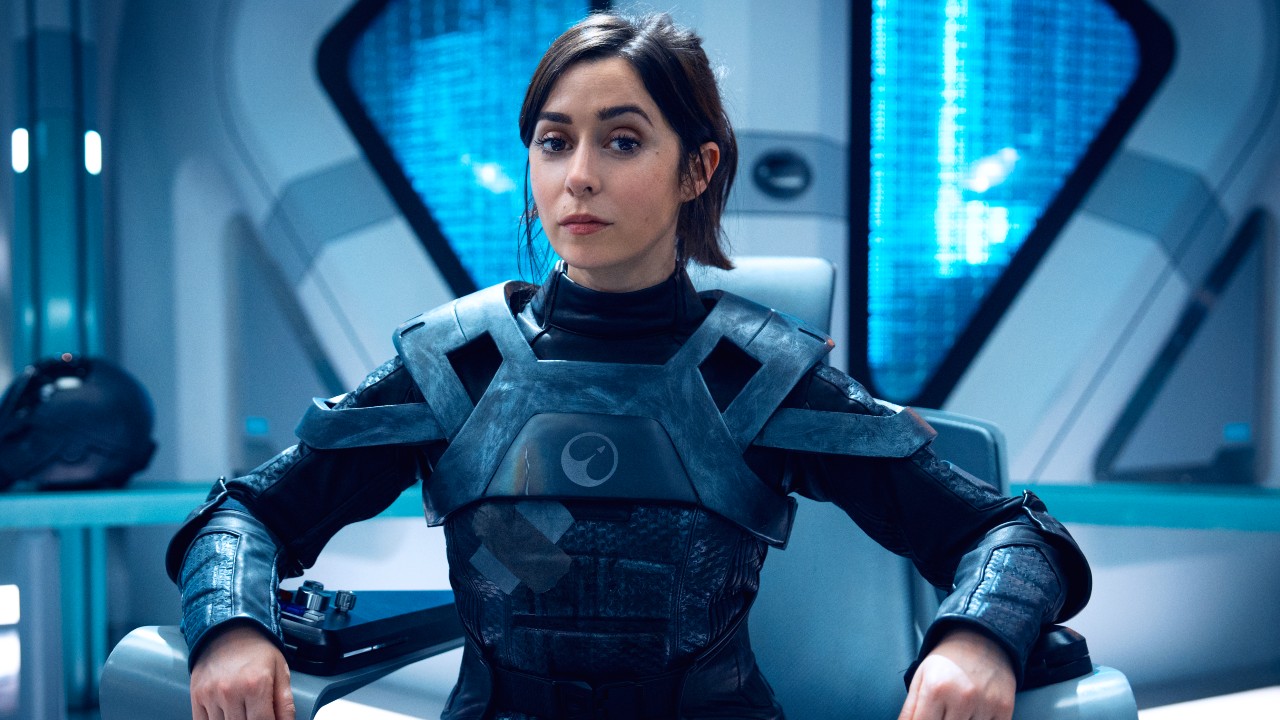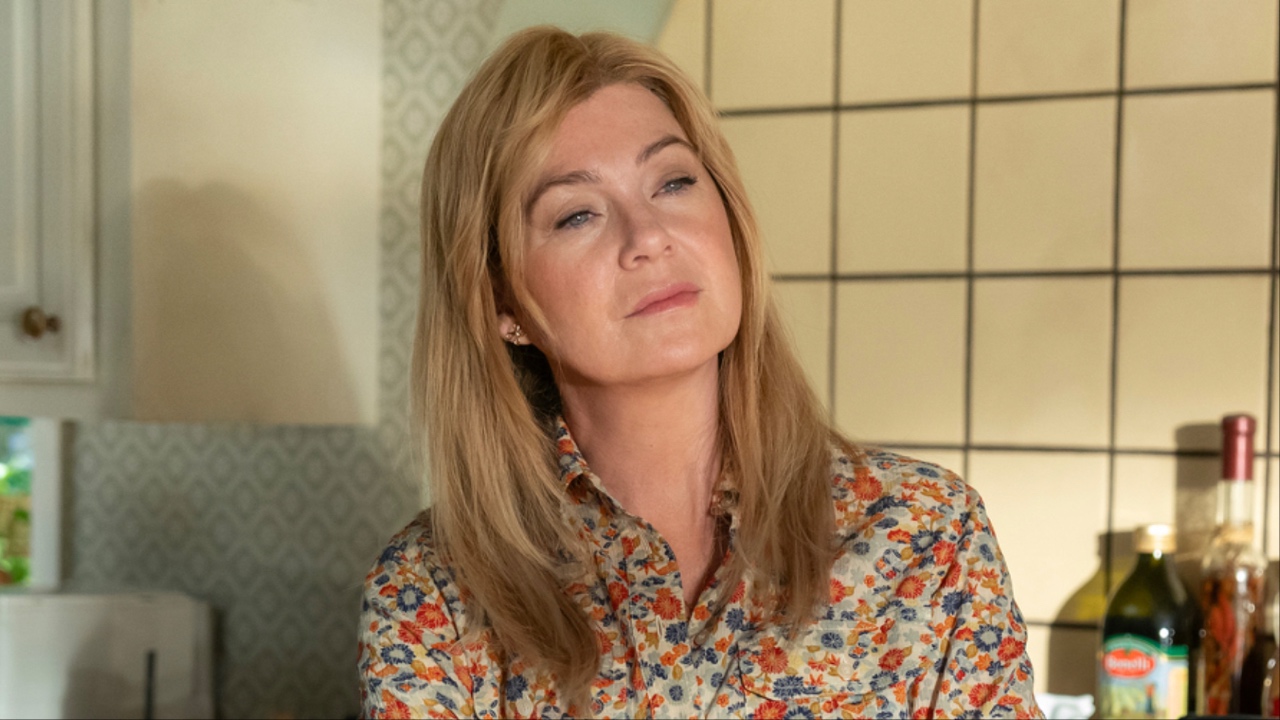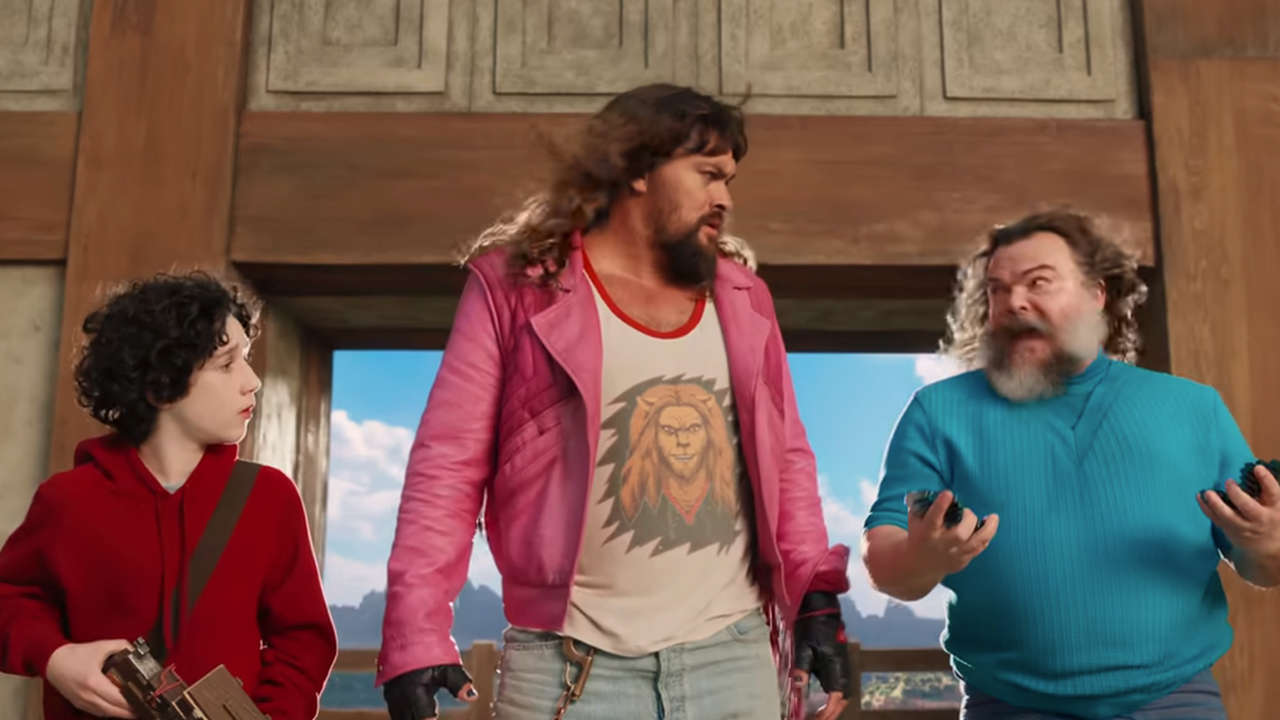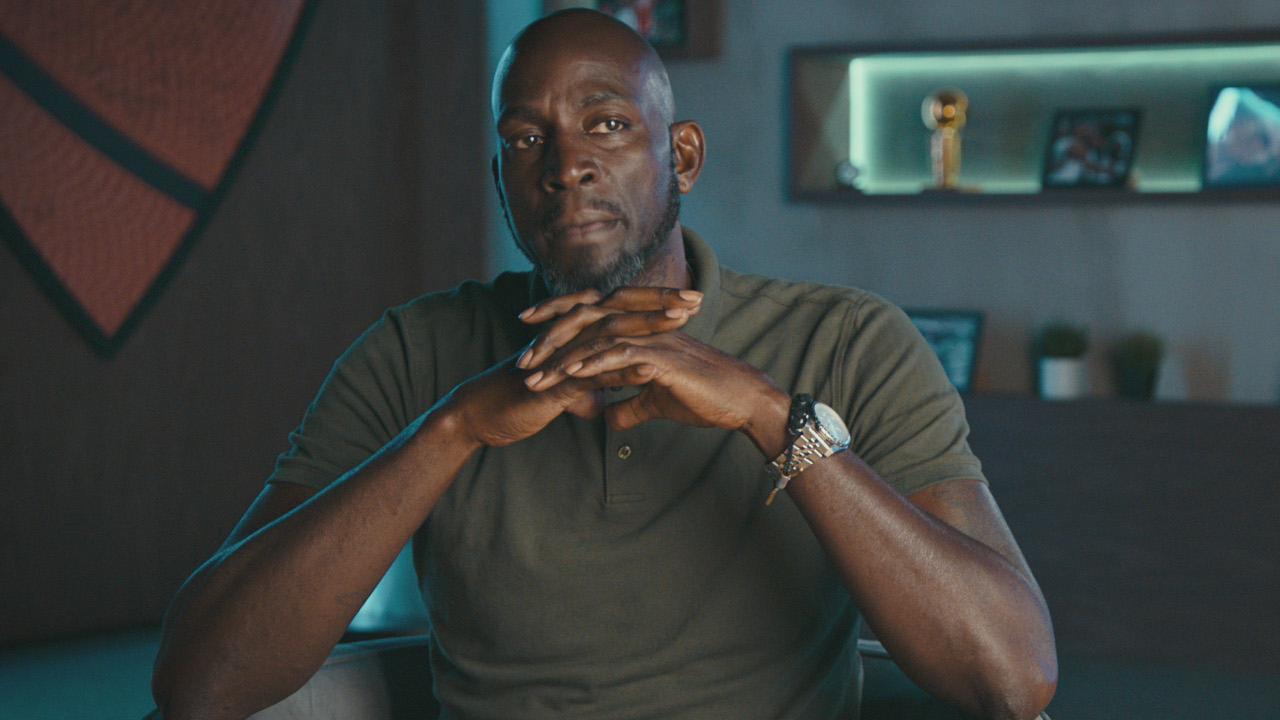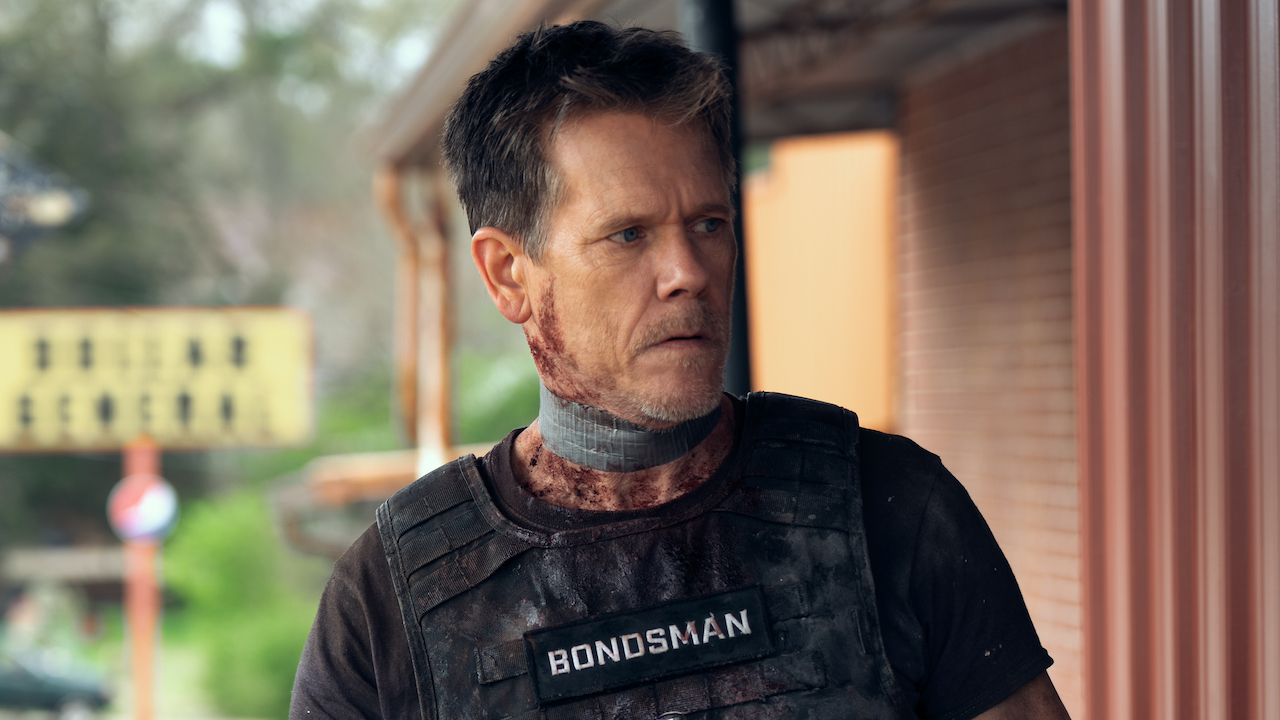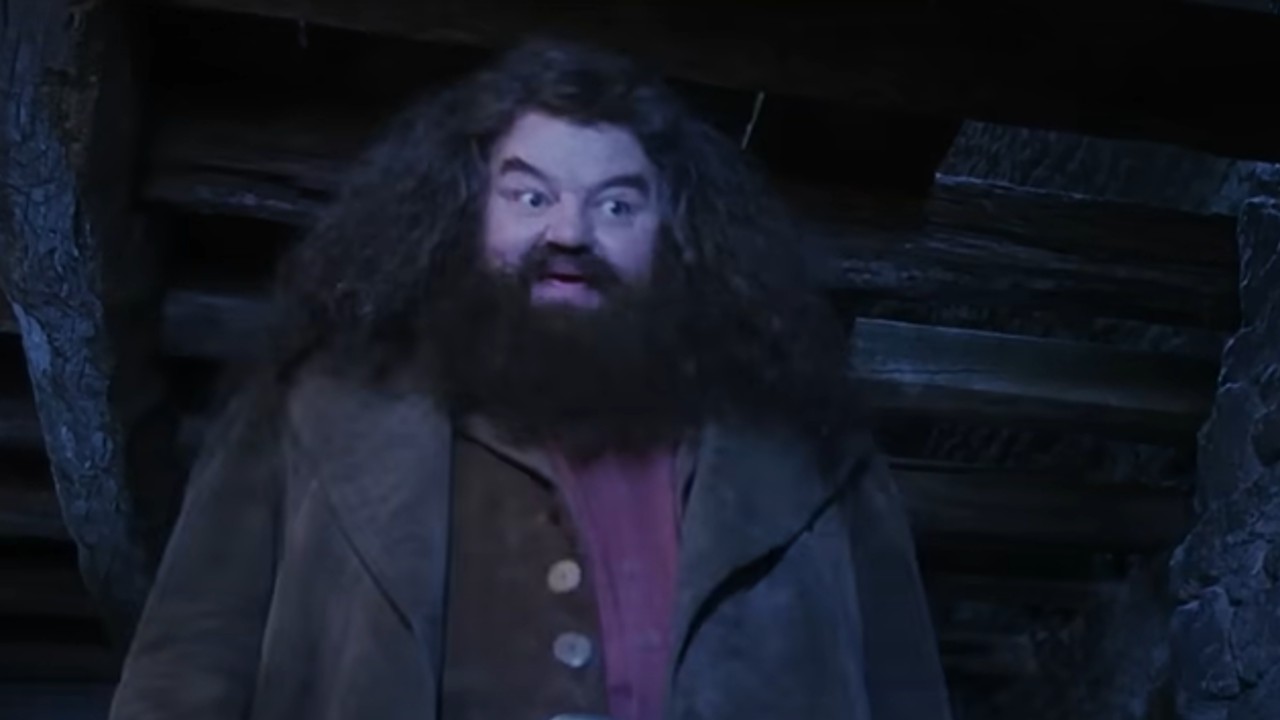From Epcot to Storyliving: Disney's New Planned Community Isn't A New Idea At All
Storyliving by Disney is just the latest attempt to build a Disney community in a pattern that goes back decades.
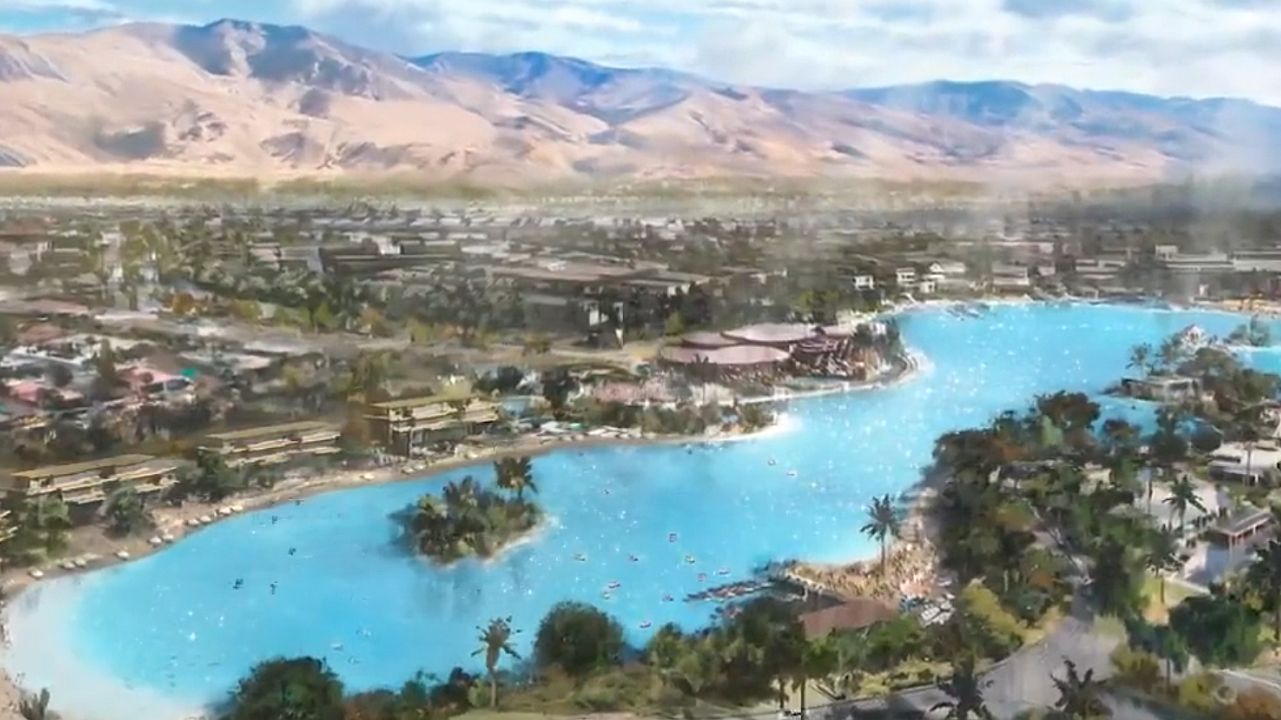
This week, some huge news dropped from The Walt Disney Company. It wasn’t a new movie or a new theme park attraction, or even the acquisition of another major entertainment company; it was the news that Disney is going to construct its own planned community. Called Storyliving by Disney, a development is already in the early stages in Rancho Mirage, California, and this is supposed to be only the first of several communities of its type.
This news was met with a number of different reactions. Many fans celebrated the idea, as living in a place that provided the same Disney magic that we get in the theme parks was an attractive idea. Others thought this was crazy and that “Disney Adults” were truly out of hand if they were going to spend money on this.
Disney itself has also been criticized as the massive entertainment giant that has already cornered the market on our entertainment choices and our vacation options, and that the company has clearly taken things to a terrible new level if it now wants people to live in a Disney experience every hour of the day. But the thing is, the idea of a Disney community is actually nothing new. Disney has attempted to build variations on this idea going back to the 1960s and Walt Disney himself. Here’s a rundown of every time Disney has tried to build a place you might want to live, including some where people are living right now.
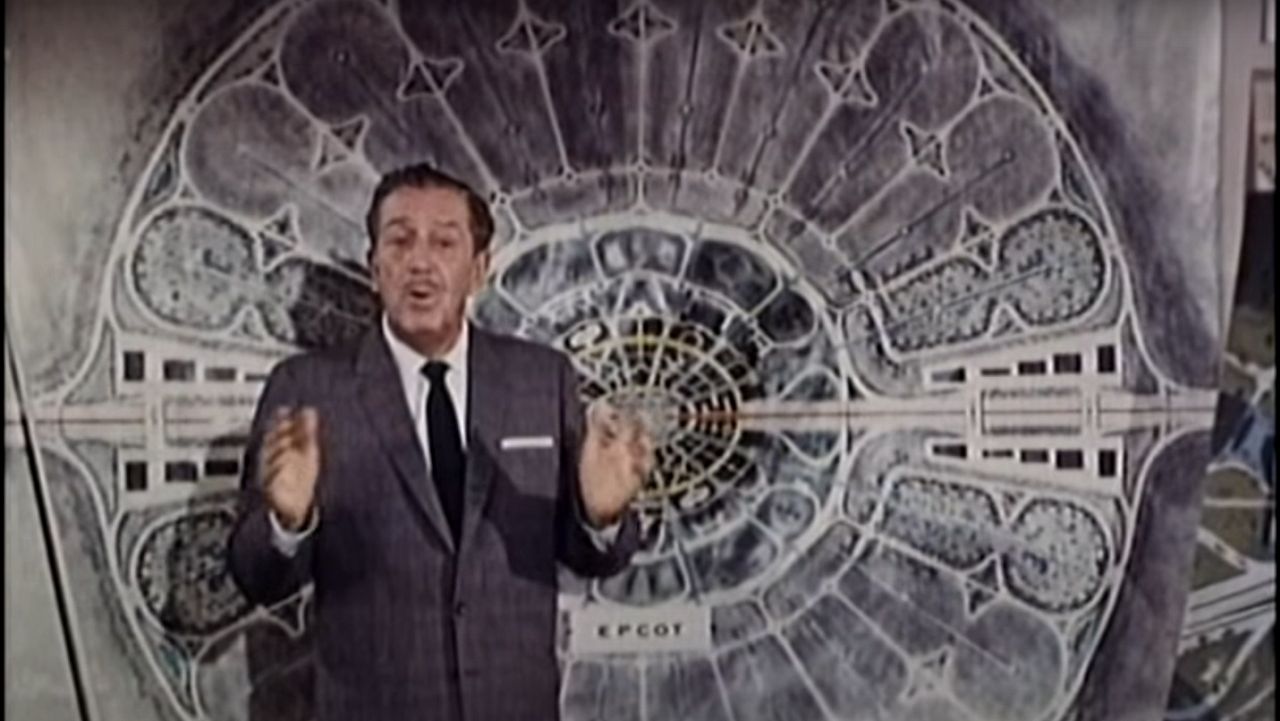
EPCOT
Today we know Epcot as the name of a theme park inside Walt Disney World, but the park itself is all that remains of Walt Disney’s original vision for Walt Disney World. He didn’t want to build a vacation destination. He wanted to build a city he called the Experimental Prototype Community of Tomorrow, or EPCOT.
EPCOT was a fully functioning city. It would have an urban core with density reducing the further away from the center you moved. There would be an industrial park where businesses would build cutting-edge products. The people who lived in the city would work there too, and their homes would become test centers for the new products before they were released to the public. Most interestingly, there would be no cars. Moving around EPCOT would be done via Monorails and PeopleMovers. Residents would be encouraged not to even own cars.
There were a lot of issues with Walt Disney’s original concept, and so the idea continued to evolve over time. It could not continue to evolve past December 1966 however. When Walt Disney died, most within the company weren’t that interested in moving forward, and any who did had no idea how to move forward without Walt.
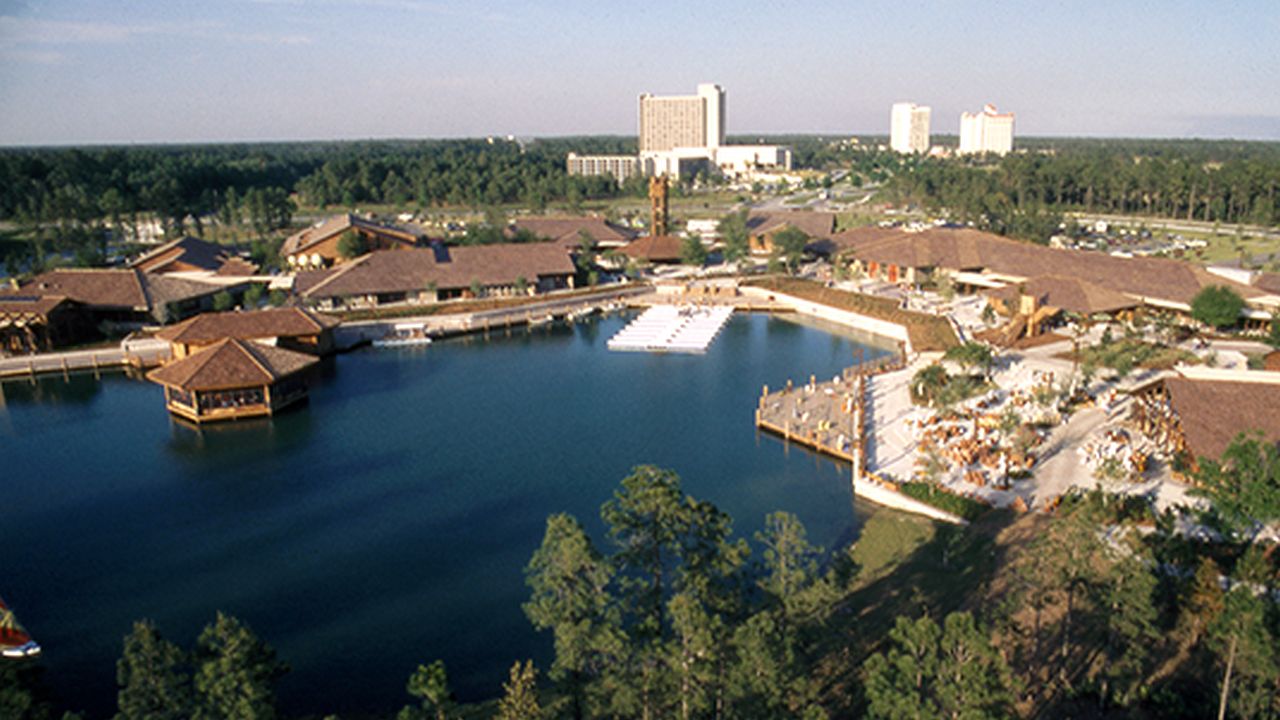
Lake Buena Vista City
The ultimate idea of EPCOT died with Walt Disney, but that’s not to say there wasn’t some interest in trying to create at least part of Walt’s vision. The first idea came along in the mid-1970s. After the Magic Kingdom was open and successful, the company had the idea of building a residential community within the bounds of the Disney World property. The idea became the city of Lake Buena Vista. It would consist of a shopping complex, as well as a residential section where as many as 2,000 homes would be constructed.
CINEMABLEND NEWSLETTER
Your Daily Blend of Entertainment News
The shopping district was built and completed in short order. Today it’s called Disney Springs, and it’s a major component of the Disney World experience with attractions all its own, but only a fraction of the residential units would ever be built. Disney fell victim to one of the same issues that plagued Walt’s original EPCOT idea: that residents would want voting rights, and they might vote contrary to what the Disney organization wanted. The idea of permanent residents was scrapped and the residential units that had been built became temporary residences for visiting Disney executives and vacation rentals.
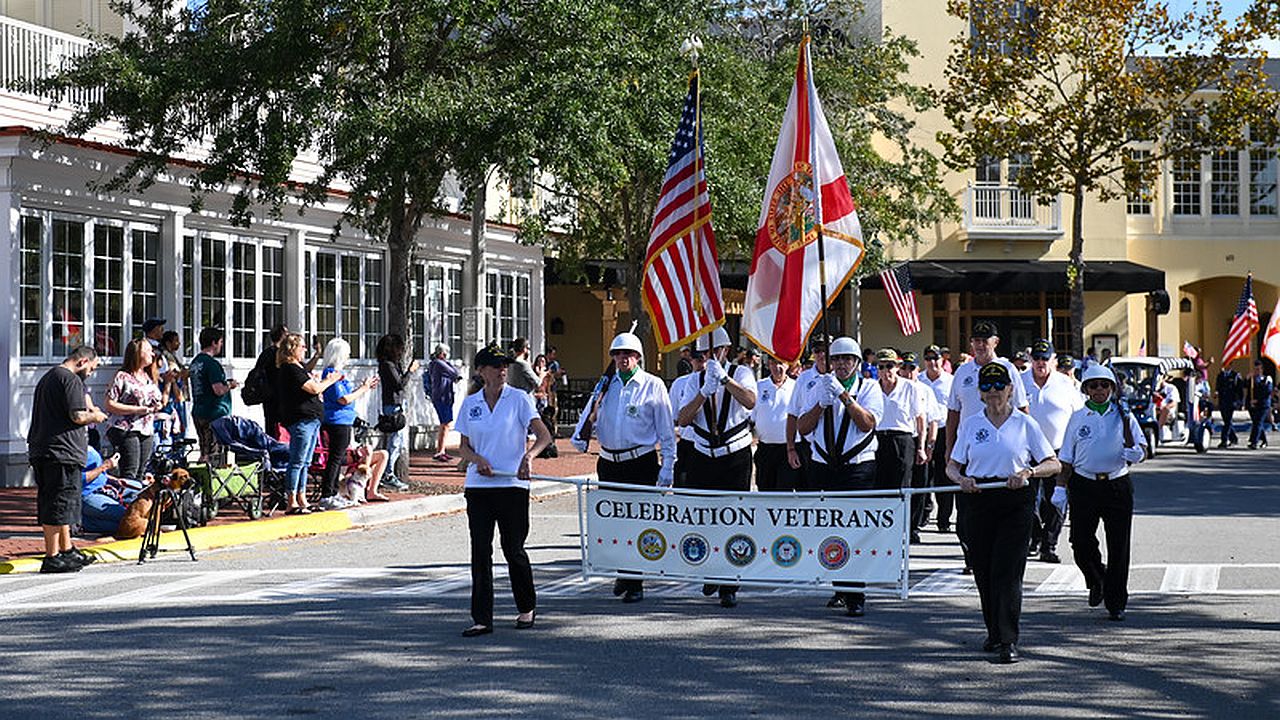
Celebration
Disney would eventually build its own residential district. On a plot of unused land in the corner of the Disney World property, Disney would construct Celebration, a planned community done by Disney in the 1990s It was supposed to be like living on Main Street U.S.A, while also using some elements of Walt’s plans for technological innovation from EPCOT, primarily in the K-12 school. Demand for the houses was so high when they went on the market that they were awarded by lottery.
Celebration had a lot of initial growing pains. Houses were constructed by multiple contracting companies and they were built quickly, leading to a lot of initial complaints. The attempts to use cutting-edge techniques in the school, many that had not been fully tested, which led to complaints from parents.
Eventually, after many of these issues were addressed, all the houses were built and sold. Disney’s only remaining stake in Celebration was the city center, which it sold in 2003. So Disney is no longer directly involved in Celebration, but the town still exists with thousands of residents.
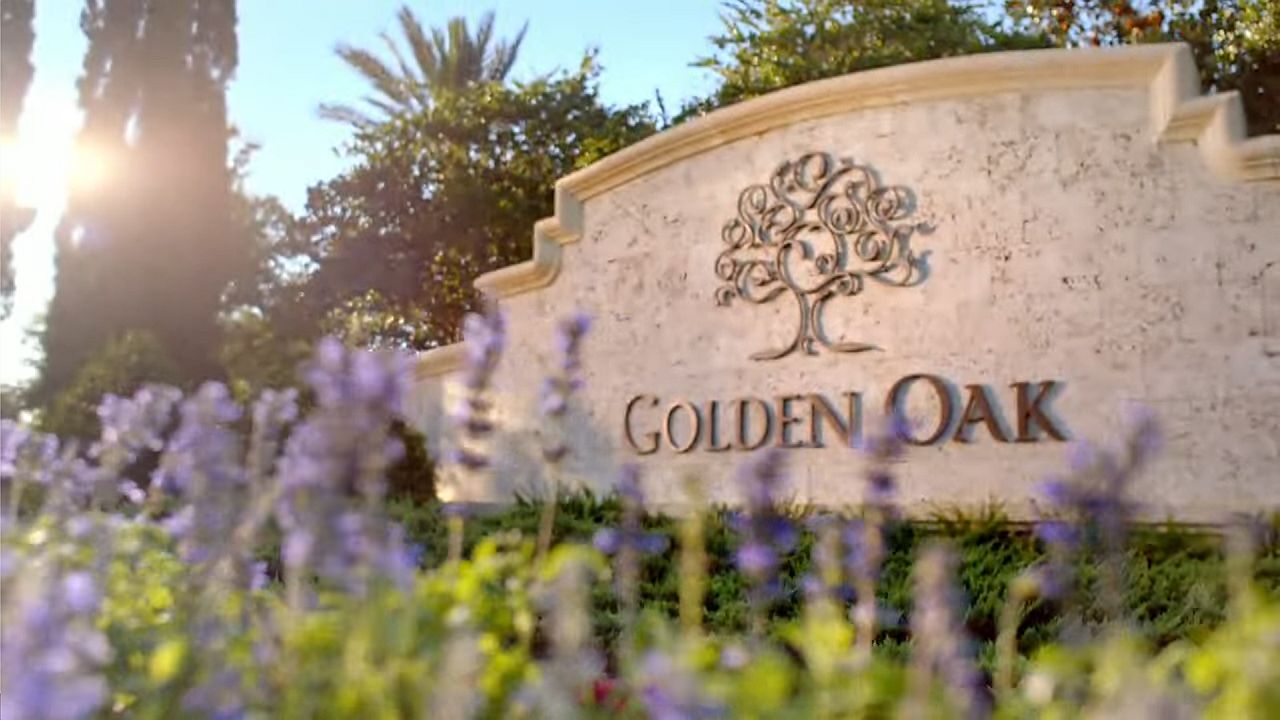
Golden Oak At Walt Disney World
Following Disney divesting itself of the last of Celebration, the company would not be done with residential development for long. Golden Oak at Walt Disney World was announced in 2010. It’s a high-end residential development, with all the homes in the six neighborhoods consisting of multimillion dollar properties. Many were built with Disney references, like hidden mickeys, and some of the neighborhood names have Disney connections.
The main thing that separates Golden Oak from Celebration (beyond the price tag of the homes) is that while Celebration was built on the edge of Walt Disney World, and thus is technically no longer on property, Golden Oak is right in the middle of the resort, so it’s the one place you can truly live at Disney World.
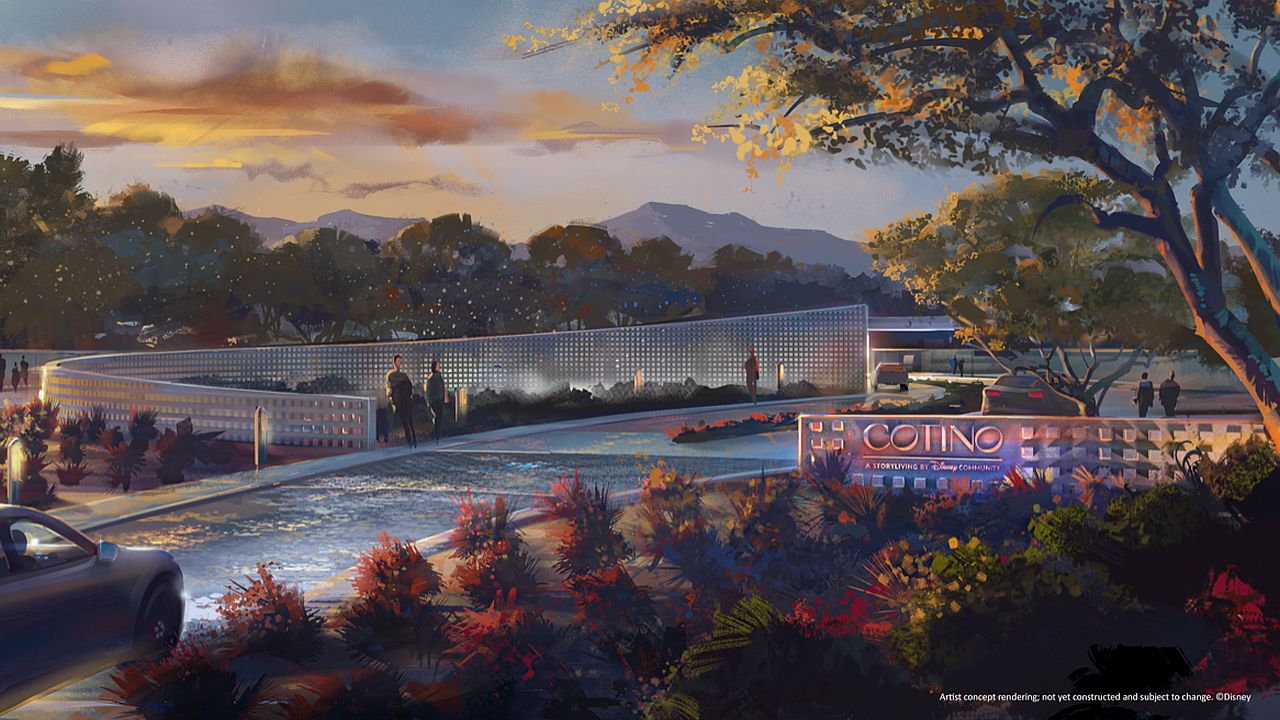
Storyliving By Disney
That takes us to the present day and the new Storyliving by Disney concept. As with the other projects listed here, Disney isn’t actually the company responsible for building the community, but Walt Disney Imagineering is involved, in order to give it that special Disney touch, which may be the thing that truly separates Storyliving from the previous attempts.
As you can see, Disney has been trying to find a way to be part of residential life for decades. Some of the attempts have worked quite well, but others not so much. The expectation is that we will see more of these Storyliving developments in the years to come, and if it’s done right, there will certainly be more than enough people willing to give Disney a chance. They’ve done it before.
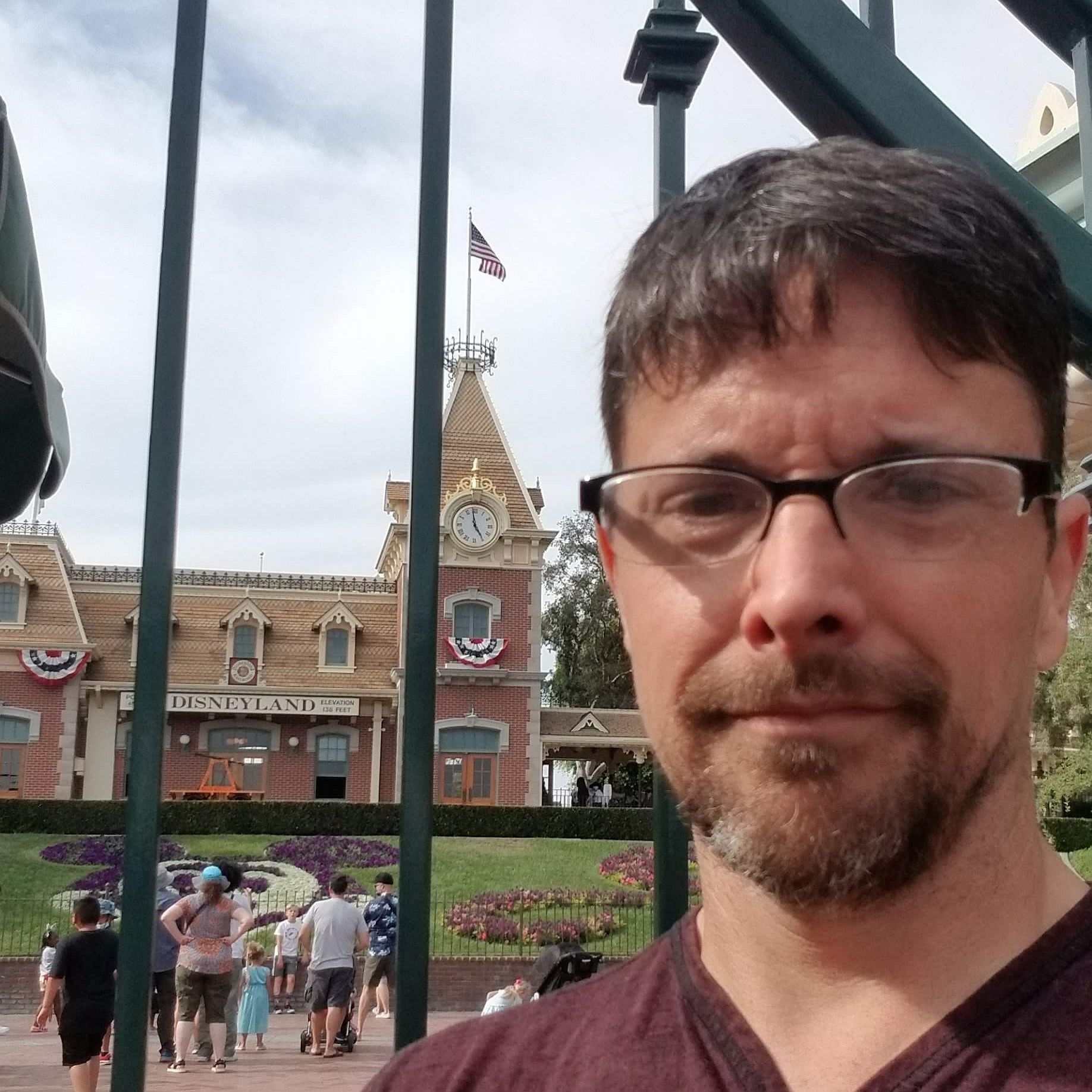
CinemaBlend’s resident theme park junkie and amateur Disney historian, Dirk began writing for CinemaBlend as a freelancer in 2015 before joining the site full-time in 2018. He has previously held positions as a Staff Writer and Games Editor, but has more recently transformed his true passion into his job as the head of the site's Theme Park section. He has previously done freelance work for various gaming and technology sites. Prior to starting his second career as a writer he worked for 12 years in sales for various companies within the consumer electronics industry. He has a degree in political science from the University of California, Davis. Is an armchair Imagineer, Epcot Stan, Future Club 33 Member.
